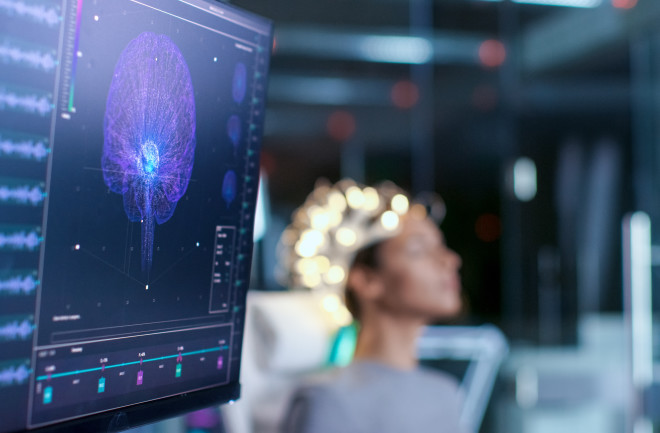What gives rise to our conscious experiences? The so-called hard problem, popularized by the philosopher David Chalmers in 1995, asks how the inanimate neural substrates of the brain create vivid first-person conscious experiences. In other words, how the combined firings of our neurons elicit the inner subjective universe we all possess.
Anil Seth, one of the world’s leading neuroscientists and researchers of consciousness, says that scientists are gradually working to connect the dots between different aspects of consciousness and the dynamic states of the brain that give rise to them. And because any explanation that scientists provide for the inner workings of consciousness (and other cognitive functions) is attained by studying neural activity, it's important to understand how they obtain and analyze data on the brain.
At a basic level, electricity is the language of the brain. Continuously, electrical impulses, also known as action potentials, are buzzing around between your ears. Your neurons, and the synaptic junctions where neurons meet, are bathed in a chemical bath — in the form of neurotransmitters like dopamine — that mediate the electrical activity in their neighboring cells. This is the reductive basis of neurological communication, and somewhat mysteriously, these interactions underpin every thought, feeling, or action you have ever experienced.

